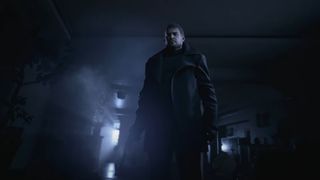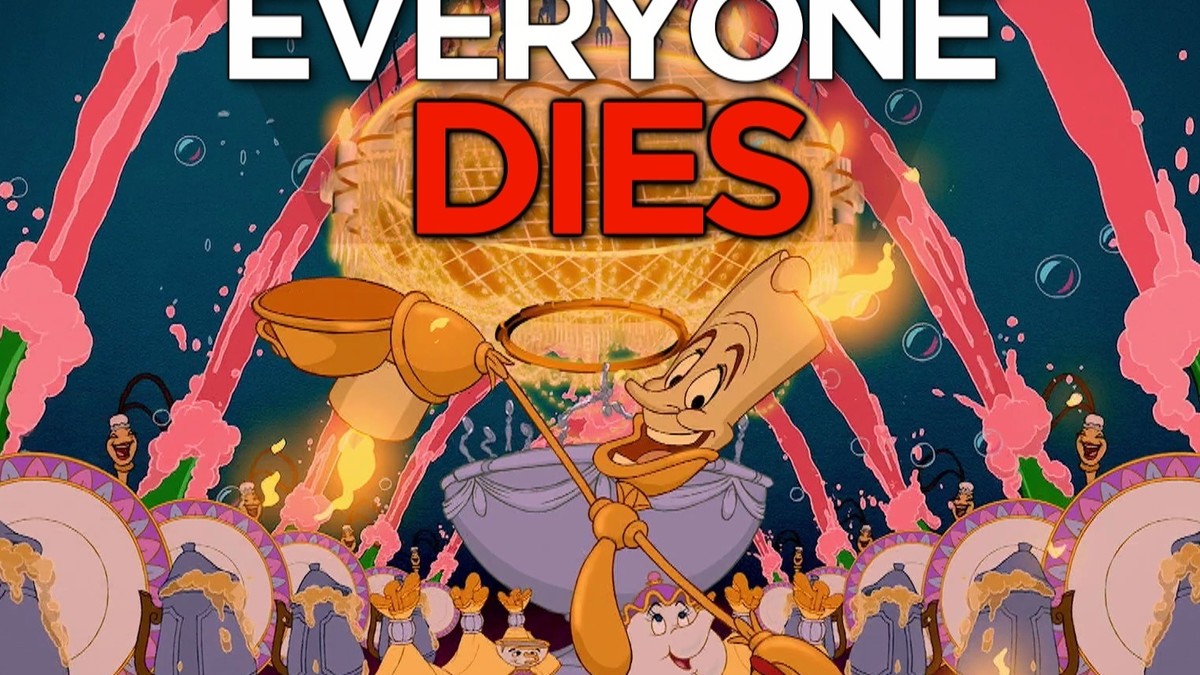Plot Points - Displaying top 8 worksheets found for this concept.
Some of the worksheets for this concept are Plotting coordinate points a, 3 points in the coordinate, Plotting points positive s1, Plotting points, Line plots, Grade 4 geometry work, Plotting coordinate points d, Day 1 lesson and work.
Found worksheet you are looking for? To download/print, click on pop-out icon or print icon to worksheet to print or download. Worksheet will open in a new window. You can & download or print using the browser document reader options.
Lifelines.plotting.rmstplot (model, model2=None, t=inf, ax=None, textposition=None,.plotkwargs) ¶ This functions plots the survival function of the model plus it's area-under-the-curve (AUC) up until the point t. The AUC is known as the restricted mean survival time (RMST).
- Here is a quick overview of the 8 stages mentioned in the video: 8. RESOLUTION THE ONE PAGE NOVEL works by plotting out of order, so the first thing we do is decide who our character will be at the end of the story. To do this, we can simply select one or two 'states', such as: wealthy, fearless, loving, sociable, etc.
- Jumpstart your novel with this random plot generator, which can churn out 500,000+ good plot and story combinations. New plots are added each week and you can sort by genre, depending on whether you're writing fantasy, romance, sci-fi, mystery, or drama.
This is the 8th installment in our series on story structure. Prior posts are available in the Story Structure Series tab in the Categories menu.
#8 – The Second Plot Point
Back in entry #4 of this series we introduced, defined and explored the First Plot Point, which is without reasonable argument the most important and pivotal – literally – moment in your story. We've been referring to it ever since, as all things dramatic and wonderful flow from it.
One might assume that the Second Plot Point (SPP), then, is the second most important milestone in a story. And while a case could be made for that opinion, the SPP doesn't always pack quite the same narrative punch. But it is a major milestone, and as such it deserves our rapt attention and utmost writerly respect.
Because our stories will tank without one.
The definition of the Second Plot Point: the final injection of new information into the story, after which no new expository information may enter the story, and which puts a final piece of narrative information in play that gives the hero everything she or he needs to become the primary catalyst in the story's conclusion.
Man, that was a mouthful, I know. Nobody said this was easy. Slots of vegas casino free play.

Here's a better one: it's when the chase scene starts.

The USP of the SPP
Something about the information delivered at the SPP changes the story (it has that quality in common with the First Plot Plot) in such a way that the hero's quest is accelerated. There are new doors opening, new strategies to be hatched, new risks with more immediate rewards.
At the SPP you can smell the ending just around the corner, whereas in the scene before you couldn't. And yet, you're not sure what it will be. At least, if you're the reader… if you, the writer, aren't sure yet, then you're in a deep pile of trouble at this point.
The SPP separates Part 3 from Part 4, at about the 75th percentile of the story. Which means the hero transitions here from an attacking warrior to a selfless, heroic and even martyr-like champion of all that is good. At least in terms of solving the inherent dramatic problem the story is portraying.
At the SPP the hero learns something – or not… the reader may be privy to new information here that the hero doesn't yet know or understand, but which surfaces later on in Part 4 – that will take them one step closer, the final step, in fact, toward doing whatever needs to be done in Part 4 to bring the story to satisfactory closure.
The pre-SPP lull.
Here's a little screenwriting trick that works great for novelists, too. Even if you've been going to movies for years you may not have noticed this, but you certainly will now going forward.

Screenplay 8 Plot Points
There's an all-hope-is-lost lull right before the SPP appears.
In the movie Tombstone with Kurt Russell, a favorite of many, Wyatt Earp (Russell) and his crew are basically being run out of town by the Clanton Gang, lead by Powers Booth (who does a great bad guy). There's a tense goodbye as they ride away in wagons with long faces, after which the Booth sends a scruffy henchman out to finish the job.
The pace draws slack. The lights dim, the music goes all fugue in D minor. All is lost. This is the pre-Second Plot Point lull.
Then, next scene at the train station, we see only the elder Earp brother on the train waving to brother Kurt standing on the platform. But wait, wasn't Wyatt leaving town, too? Could it be that something is up his heroic sleeve?
The scruffy Clanton arrives with an accomplice , but Earp takes them from surprise (shooting one in cold blood, wounding the other), and informs the downed baddie that there's a new sheriff in town – literally, I kid you not – and that the poor schlubb is to go back and tell his cronies that hell's a comin'. Again, literally.
They may as well be flashing a graphic saying: Plot Point Two! Plot Point Two!
In Titanic, Plot Point Two was the moment the ship sank. Clean out of sight, leaving Leo and Kate floating among a field of debris and screaming survivors. Everything that happens after that is Part 4 of the story, which becomes a burning fuse leading to the inevitable conclusion, followed by an epilogue that bookends with the movie's Prologue.
Planning for the SPP

Here's a better one: it's when the chase scene starts.
The USP of the SPP
Something about the information delivered at the SPP changes the story (it has that quality in common with the First Plot Plot) in such a way that the hero's quest is accelerated. There are new doors opening, new strategies to be hatched, new risks with more immediate rewards.
At the SPP you can smell the ending just around the corner, whereas in the scene before you couldn't. And yet, you're not sure what it will be. At least, if you're the reader… if you, the writer, aren't sure yet, then you're in a deep pile of trouble at this point.
The SPP separates Part 3 from Part 4, at about the 75th percentile of the story. Which means the hero transitions here from an attacking warrior to a selfless, heroic and even martyr-like champion of all that is good. At least in terms of solving the inherent dramatic problem the story is portraying.
At the SPP the hero learns something – or not… the reader may be privy to new information here that the hero doesn't yet know or understand, but which surfaces later on in Part 4 – that will take them one step closer, the final step, in fact, toward doing whatever needs to be done in Part 4 to bring the story to satisfactory closure.
The pre-SPP lull.
Here's a little screenwriting trick that works great for novelists, too. Even if you've been going to movies for years you may not have noticed this, but you certainly will now going forward.
Screenplay 8 Plot Points
There's an all-hope-is-lost lull right before the SPP appears.
In the movie Tombstone with Kurt Russell, a favorite of many, Wyatt Earp (Russell) and his crew are basically being run out of town by the Clanton Gang, lead by Powers Booth (who does a great bad guy). There's a tense goodbye as they ride away in wagons with long faces, after which the Booth sends a scruffy henchman out to finish the job.
The pace draws slack. The lights dim, the music goes all fugue in D minor. All is lost. This is the pre-Second Plot Point lull.
Then, next scene at the train station, we see only the elder Earp brother on the train waving to brother Kurt standing on the platform. But wait, wasn't Wyatt leaving town, too? Could it be that something is up his heroic sleeve?
The scruffy Clanton arrives with an accomplice , but Earp takes them from surprise (shooting one in cold blood, wounding the other), and informs the downed baddie that there's a new sheriff in town – literally, I kid you not – and that the poor schlubb is to go back and tell his cronies that hell's a comin'. Again, literally.
They may as well be flashing a graphic saying: Plot Point Two! Plot Point Two!
In Titanic, Plot Point Two was the moment the ship sank. Clean out of sight, leaving Leo and Kate floating among a field of debris and screaming survivors. Everything that happens after that is Part 4 of the story, which becomes a burning fuse leading to the inevitable conclusion, followed by an epilogue that bookends with the movie's Prologue.
Planning for the SPP
Interactive Plot Graph
If you write organically, the SPP can give you fits. You really need to know what new information you're saving for this moment in your story exposition in order to make this milestone both powerful and meaningful.
It's the last piece of the puzzle, the final ingredient. You can still surprise the reader in Part 4, you just have to use what's already in play rather than insert new information.
Part 4 is the beginning of the end of the story. You have 10 to 12 scenes to wrap it up, using your SPP as the springboard for those sequences.
The SPP can be difficult to describe, even generically, because it can be just about anything. In a love story it could be the hero quitting a job that cost him his marriage, and now he has to find his long-departed ex before she hitches herself to a new 401K.
In a thriller it could be the arrival of the fleeing hostages at a port in the storm, where they are able to place a call to the authorities, leaving Part 4 to the business of keeping them alive until help comes. Which won't matter, because the hero will dispatch the baddies by herself before they get there, anyhow.
The SPP is one of those three major tent poles – along with the First Plot Point and the Mid-Point – that are supporting the weight of the story. Everything else sags from one of those poles or rises toward one.
Spring it on the reader too soon and the tent becomes lopsided. Wait too long and the suspense and dramatic fabric of the final act (Part 4) is compromised.
Tomorrow's post: #9 – Pinch Points Explained
